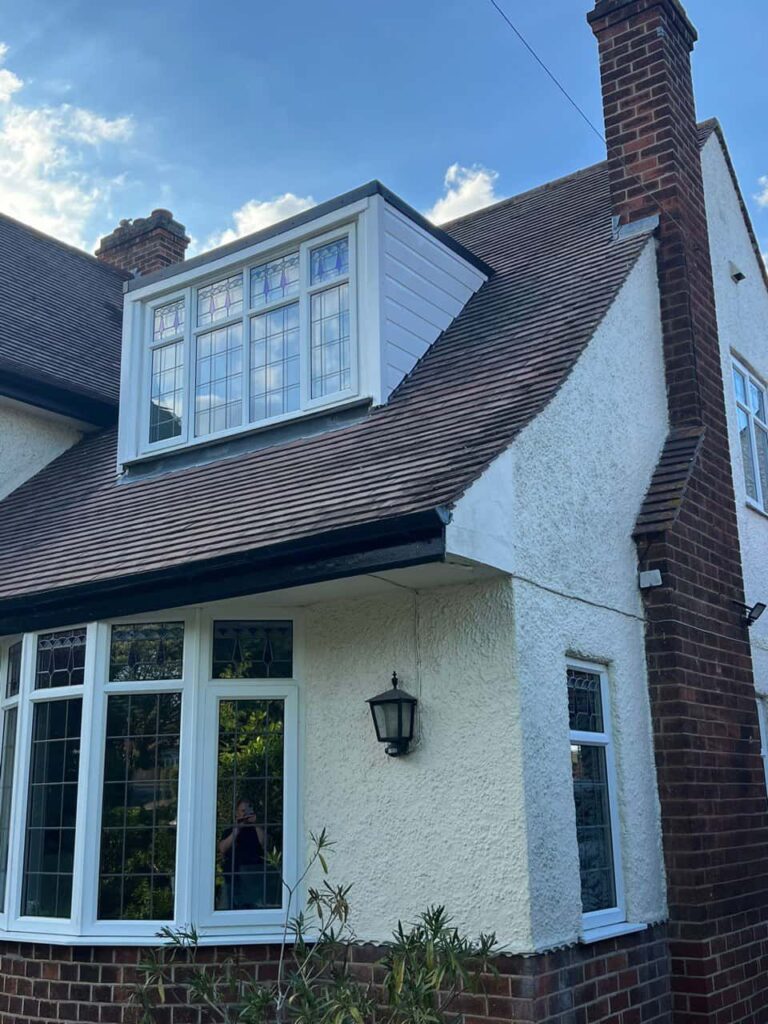Introduction: When it comes to hipped roof re-roofing, choosing the right roofing material goes beyond aesthetics and durability – it also involves considering fire safety. Understanding roofing material fire ratings is crucial for protecting your home and ensuring compliance with local building codes and regulations. At Ripley Roofing Repairs, we prioritise safety and professionalism in every re-roofing project. In this blog post, we’ll delve into the importance of roofing material fire ratings and share essential information to help you make informed decisions for your hipped roof re-roofing project.
1. What are Roofing Material Fire Ratings?
Roofing material fire ratings indicate a material’s resistance to fire and its ability to limit the spread of flames in the event of a fire. These ratings are determined through standardised testing procedures conducted by accredited laboratories. Common fire rating classifications include Class A, Class B, and Class C, with Class A being the highest level of fire resistance.
2. Importance of Fire Ratings
Understanding roofing material fire ratings is essential for several reasons:
- Safety: Roof fires can pose significant risks to occupants, property, and firefighters. Roofing materials with high fire ratings can reduce the likelihood of fire-related injuries and damage.
- Building Code Compliance: Many local building codes and regulations require roofing materials to meet specific fire rating standards, particularly in areas prone to wildfires or urban interface zones. Compliance with these requirements is necessary to obtain building permits and ensure the safety and legality of your re-roofing project.
- Insurance Requirements: Insurance companies may offer discounts or incentives for homeowners who install roofing materials with high fire ratings. Conversely, they may impose higher premiums or coverage limitations for properties with lower-rated roofing materials.
3. Common Roofing Material Fire Ratings
The following are common roofing materials and their typical fire ratings:
- Asphalt Shingles: Asphalt shingles are among the most popular roofing materials and typically have fire ratings ranging from Class A to Class C, depending on composition, thickness, and protective coatings.
- Metal Roofing: Metal roofing materials, such as steel, aluminium, or copper, often have Class A fire ratings due to their non-combustible nature and resistance to fire spread.
- Clay or Concrete Tiles: Clay and concrete tiles are known for their durability and fire resistance, typically achieving Class A fire ratings.
- Wood Shingles or Shakes: Wood shingles or shakes may have varying fire ratings depending on treatment and installation methods. Untreated wood shingles typically have lower fire ratings, while pressure-treated or fire-retardant-treated wood products may achieve higher ratings.
4. Factors Affecting Fire Ratings
Several factors can influence roofing material fire ratings:
- Material Composition: The composition of roofing materials, including explosive components or additives, can affect fire resistance.
- Thickness and Density: Thicker and denser roofing materials have higher fire ratings due to their greater resistance to ignition and flame spread.
- Surface Treatments: Some roofing materials are treated with fire-retardant coatings or additives to enhance fire resistance and improve fire ratings.
- Installation Methods: Proper installation techniques, including underlayment, flashing, and ventilation, can impact the overall fire performance of the roof assembly.
5. Consulting with Professionals
When planning a hipped roof re-roofing project, consulting with roofing professionals with experience and expertise in fire-resistant roofing materials is essential. They can provide valuable guidance on selecting roofing materials with appropriate fire ratings for your needs and preferences. Additionally, they can ensure the installation is carried out correctly to maximise fire resistance and safety.
Conclusion: Understanding roofing material fire ratings is essential for protecting your home, ensuring compliance with building codes, and promoting fire safety. By choosing high fire ratings, homeowners can minimise the risk of fire-related damage and enhance the safety and resilience of their hipped roofs.
Call us on: 01773 300 896
Click here to find out more about Ripley Roofing Repairs
Click here to complete our contact form and see how we can help with your roofing needs.

